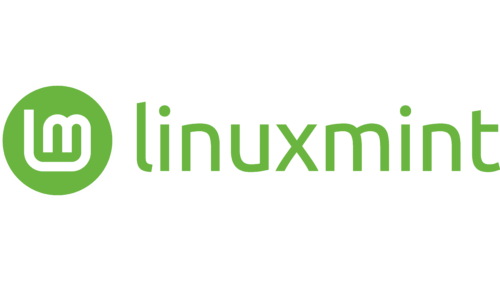An Introduction to open source Linux Mint

Linux Mint is a popular, user-friendly, and powerful computer operating system. At its core, it is a free and open-source software (FOSS) built on the solid foundation of two other major projects: Ubuntu and, by extension, Debian.
The term “open source” is fundamental to understanding Mint. It means that the underlying source code of the entire operating system is freely available for anyone to view, modify, and distribute. This fosters a collaborative development model where a global community of developers and users contribute to its improvement, security, and feature set.
Linux Mint was first released in 2006 by its founder, Clement Lefebvre, with a primary goal: to create a desktop operating system that was both elegant and easy to use right out of the box. It is renowned for providing a complete, turn-key experience, pre-loaded with essential software like a web browser (Firefox), office suite (LibreOffice), media players, and more, so users can start being productive immediately.
One of Mint’s defining characteristics is its choice of desktop environments. The most popular edition uses the Cinnamon desktop, which Mint develops itself. Cinnamon offers a modern and visually appealing interface that will feel familiar to users migrating from Windows, with a traditional start menu, taskbar, and system tray. Other official editions feature the MATE and Xfce desktop environments, which are known for being lightweight and efficient, perfect for older or less powerful hardware.
Why is Linux Mint Getting Popular Nowadays?
Linux Mint’s rise in popularity is not accidental. It’s a direct response to several key trends and user frustrations in the modern computing landscape. Here are the primary reasons for its growing appeal:
1. A Refuge from Windows Fatigue and macOS Lock-in:
-
Windows 11 Hardware Restrictions: Many users with perfectly functional older computers found themselves unable to officially upgrade to Windows 11. Linux Mint breathes new life into this hardware, allowing it to run a secure, modern OS for years to come.
-
Privacy and Control: Increasing concerns about data collection and advertising in mainstream operating systems drive users towards Linux. Mint is transparent, respects user privacy by default, and gives the user full control over their system.
-
Cost: It is completely free. There is no license fee, making it an incredibly attractive option for individuals, students, and businesses looking to cut costs without sacrificing capability.
2. Unmatched User-Friendliness and a Gentle Learning Curve:
-
Mint is specifically designed to be accessible. Its Cinnamon desktop is intuitive for anyone coming from Windows or macOS. Users don’t need to use the command line for basic tasks; the graphical interface is comprehensive and well-organized.
-
The “It just works” philosophy means a user can install the OS and have all essential drivers and software (like codecs for playing MP3s and videos) ready to go, eliminating a common hurdle for new Linux adopters.
3. Stability and Reliability:
-
Built on the ultra-stable base of Ubuntu LTS (Long-Term Support) releases, Linux Mint is known for being rock-solid. It receives security updates for years, and its update manager allows users to choose when to upgrade to the next major version, preventing unexpected breaks in workflow. This makes it an excellent choice for both casual users and professionals who need a dependable machine.
4. Performance and Efficiency:
-
Unlike modern Windows, which can be resource-heavy, Linux Mint is notably lightweight, especially the Xfce and MATE editions. It runs smoothly on computers with limited RAM, older processors, and small solid-state drives, effectively extending the lifespan of hardware that would otherwise be considered obsolete.
5. A Strong, Supportive Community:
-
As an open-source project, Mint is backed by a vast and passionate community. Users can find help, tutorials, and solutions to any problem through official forums, wikis, and other online resources. This community-driven support system is often faster and more helpful than the paid support for commercial products.
6. Freedom from Bloatware and Forced Updates:
-
Mint provides a clean, bloat-free experience. It comes with useful software, not trialware or advertisements. Furthermore, the user has complete control over system updates—they can see what updates are available and choose when to install them, unlike the forced, sometimes disruptive updates in other operating systems.
In summary, Linux Mint is popular because it successfully delivers a powerful, stable, and secure operating system that is both free of cost and free of the frustrations associated with commercial OSes. It empowers users by giving them control, respects their privacy, and runs beautifully on a wide range of hardware, making it a compelling and rational choice for a growing number of people worldwide.
Download: Linux Mint
Related articles:
